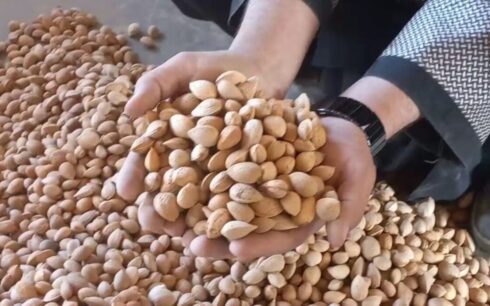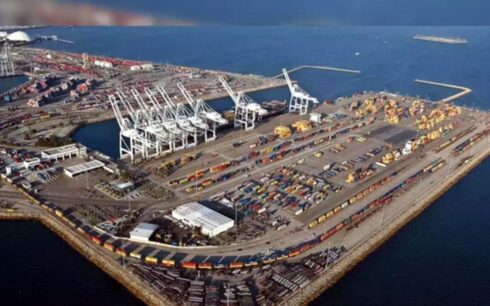The World Bank’s latest Afghanistan Economic Monitor indicates a slight improvement in some areas of the economy but preliminary data from a household survey suggests that households still face substantial pressure to sustain their livelihoods.
While headline inflation continues to decline, and commodity availability has remained adequate, Afghanistan’s currency, the afghani (AFN), depreciated slightly against major currencies in mid-April, the report said.
It added that between April 18 and May 22, 2023, the AFN depreciated by 2.6 percent against the US dollar, 1.6 percent against the Chinese yuan, and 1.3 percent against the Euro. In contrast, AFN appreciated by 2.4 percent against the Pakistani rupee and 5.9 percent against the Iranian toman.
On May 22, 2023, the AFN exchange rate against the US dollar stood at 87.5, reflecting a depreciation of only 1.6 percent compared to its value on August 15, 2021, the report said.
The report noted that companies continue to report difficulty withdrawing cash from banks. No withdrawal limits exist on bank deposits made after August 15, 2021, while cash withdrawals for pre-August 15 deposits continue to be regulated for both firms and individuals, the report stated.
Data collected by the TPMA indicates that individual depositors can access their existing deposits above the statutory limits set by the central bank.
Access to deposits by firms remains below the permitted limits; however, in April 2023, a slight improvement was observed for AFN deposits. Since May 2023, the cash withdrawal limit for individuals will be raised to AFN 50,000 per week from AFN 30,000 earlier, and the new limit will be monitored in future reports, the World Bank says.
Civil servants’ salaries continue to be paid on time
The report says that according to TPMA data gathered through telephone interviews with 244 civil servants (Males 239, Females 5), nearly all civil servants regularly receive salary payments. Banks have been reported as the most prevalent mode for salary withdrawals.
However, crowding in bank branches remains the most critical challenge to withdrawing salaries, but the deteriorating quality of banknotes has been increasingly reported as a crucial issue in recent months. Furthermore, some respondents have expressed dissatisfaction with the lack of funds available in bank branches when receiving their salaries.
The report says that employment for skilled and unskilled labor has improved since March 2023.
Revenue collections
During the fiscal year 2022 (between March 22, 2022, and March 21, 2023), the total revenue receipts were AFN 193.9 billion (US$ 2.2 billion)— 98 percent of the fiscal year’s revised budget target of AFN 198.7 billion, the report says.
The trend continues in the first two months of the fiscal year 2023 with the collection of AFN 33 billion, a 21 percent increase over the same period last year.
This improvement is more visible in the taxes collected at the border, which is 35 percent higher than the revenue collection in the first two months of 2022. In addition, inland revenue collection also saw a marginal improvement of 3 percent during the period under review.
Merchandise exports
The latest unofficial Jan-Apr 2023 data from Afghanistan’s customs show that total exports reached US$0.6 billion — a 4 percent rise compared to the same period in 2022.
The export growth during Jan-Apr 2023 can primarily be attributed to an increase in the exports of coal by 13 percent (23 percent share) and textiles by 14 percent (14 percent share).
In contrast, vegetable exports (53 percent share) declined by 0.2 percent during the period under review compared to Jan-Apr 2022 – primarily explained by the slight reduction of vegetable exports to Pakistan.
Pakistan remains Afghanistan’s largest export market (accounting for 63 percent of total exports), followed by India (26 percent). Exports to Pakistan are mainly food and coal, contributing around 70 percent of total exports to Pakistan in Jan-Apr 2023.
Coal exports to Pakistan amounted to US$140.7 million in Jan-Apr 2023 – 13 percent higher than the coal exports in the comparable period last year.





